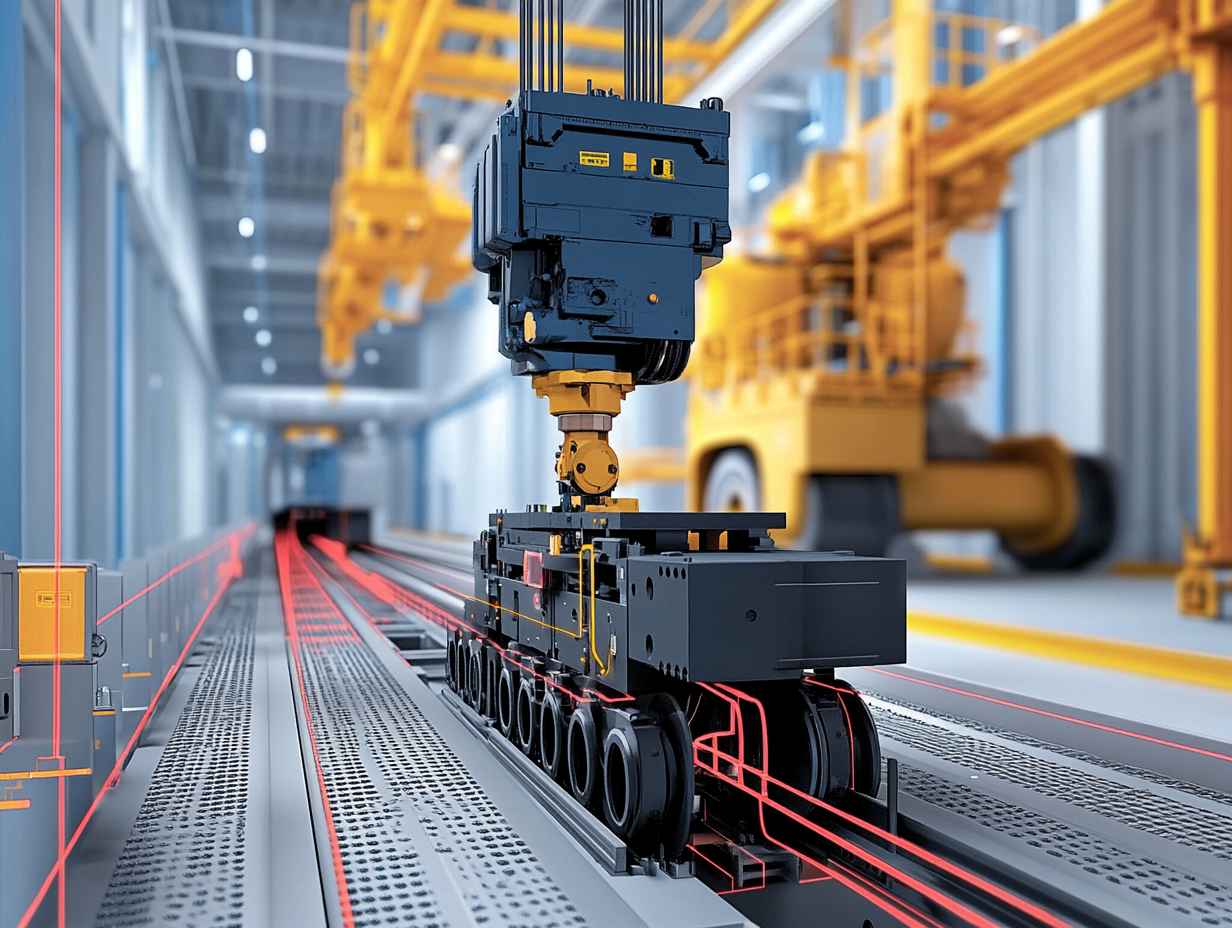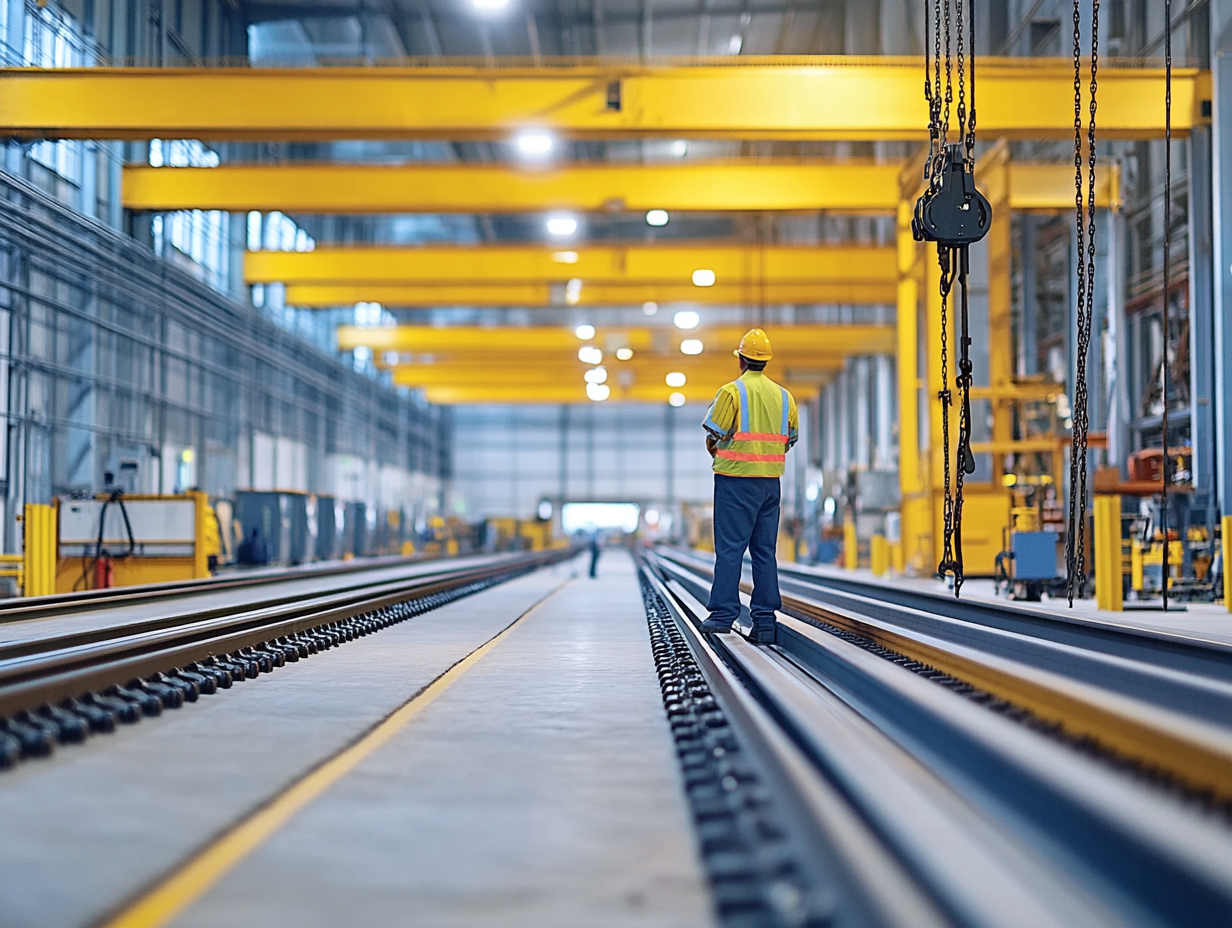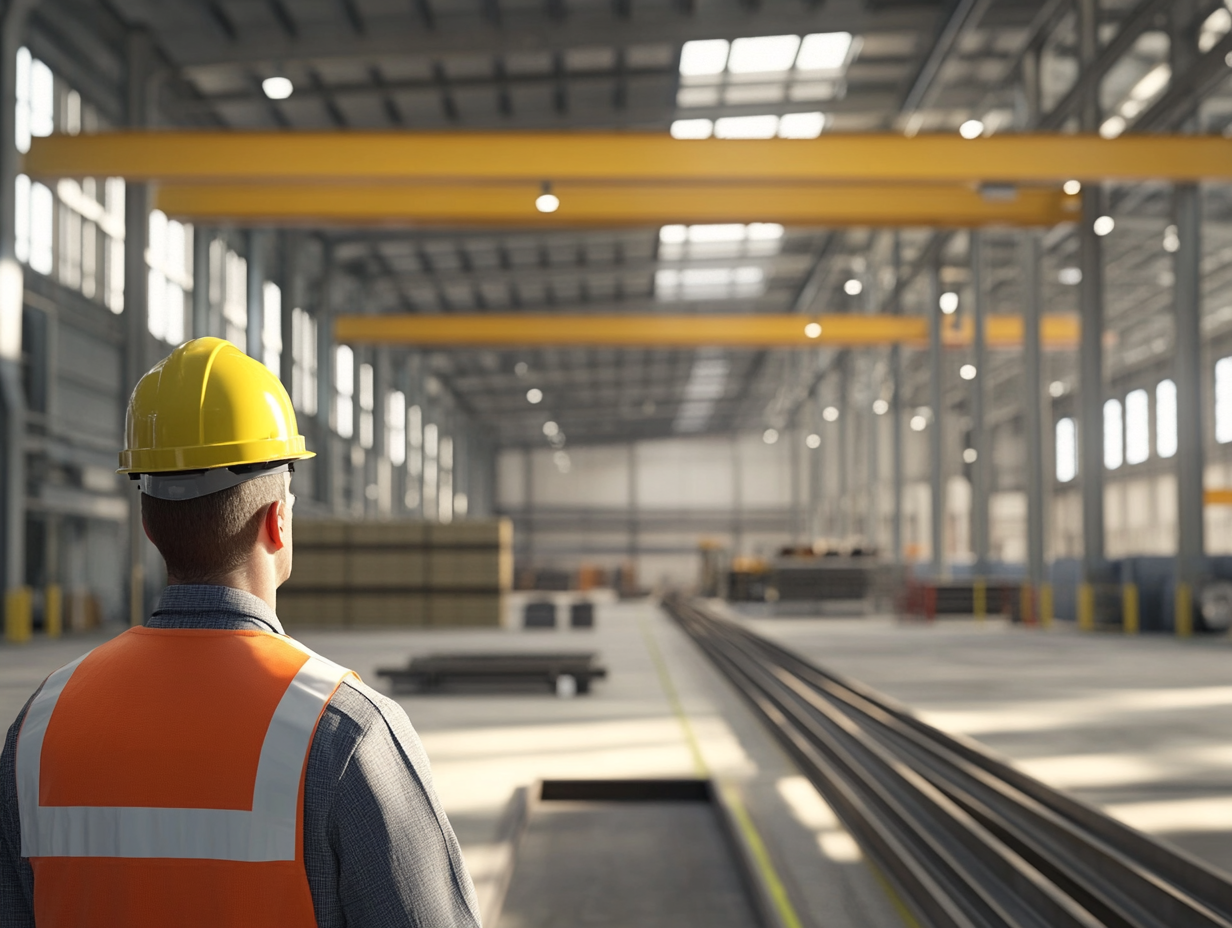Ensuring stability and fatigue resistance in crane tracks is essential for maintaining safety, longevity, and operational efficiency. Over time, repeated loading and environmental factors can cause material fatigue, misalignment, and structural degradation. This blog explores the critical factors affecting stability, common fatigue issues, and best practices for preventing premature failures.
Flat bar crane rails, also known as laminated rails, are a widely used alternative to traditional crane rail profiles. These rails are particularly favored in light to medium-duty applications, offering flexibility and cost-effectiveness. However, they also come with specific limitations that must be considered when designing crane track systems. This blog explores the pros and cons of flat bar crane rails and their ideal applications.
Crane tracks are critical for moving heavy loads in industrial facilities. Their design varies based on crane type and operational requirements. Generally, single-span and multi-span crane track systems are used. In this blog, we compare these two systems, exploring their advantages, disadvantages, and best-use cases.




